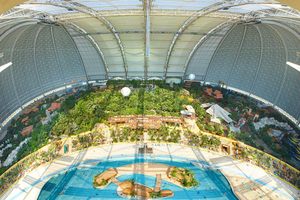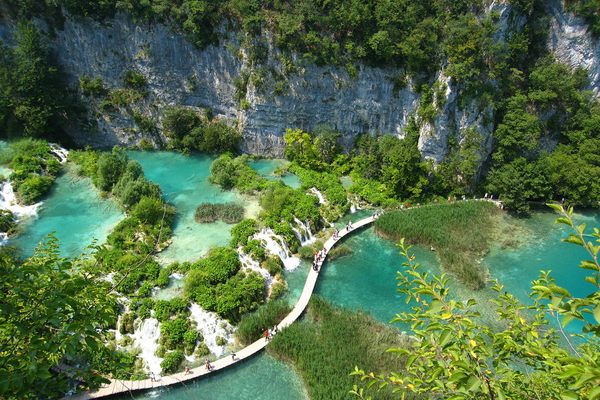About
Land preserved for its uniqueness as a wetland, forest or plain commands respect and reverence. But land preserved for its value as all three reaches another stratum of rarity, and is worth cherishing indeed.
Places with such widely varying topography, with their own microclimates and extreme ecological diversity, started to be recognized as official preservation areas by UNESCO in 1971.
Spreewald is the perfect example of such a place, designated as an official Biosphere Reserve area by UNESCO in 1991. A relatively short hike through Spreewald takes visitors through woodlands, meadows, arid climes and soggy wetlands – all in an area of less than 200 square miles.
Originally a frontier area for settlers from Slavic tribes, Spreewald still counts descendants of those settlers as permanent residents to this day. But the human population in this protected area is dwarfed several times over by the sheer number and diversity of life forms that make up its natural ecology.
More than 18,000 species of plant and animal life have been recorded in the area, with each micro region claiming its one complex and diverse ecosystem.
Visitors are invited to explore Spreewald via flat-bottomed riverboats, which are ubiquitous as they stroll along the more than 200 man-carved irrigation channels that snake through the region. The channels were originally built to divert water from the wetlands to feed crops, but now make up the most complex artificial river system in all of Germany.
Guided tours and nature expeditions through Spreewald are popular and readily available. Just make sure you bring changes of clothes for each type of ecology to experience the full effect of being several places at once.
Related Tags
Community Contributors
Published
January 22, 2013






















